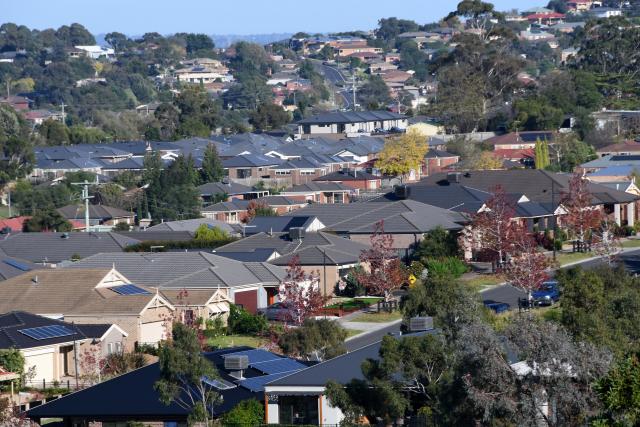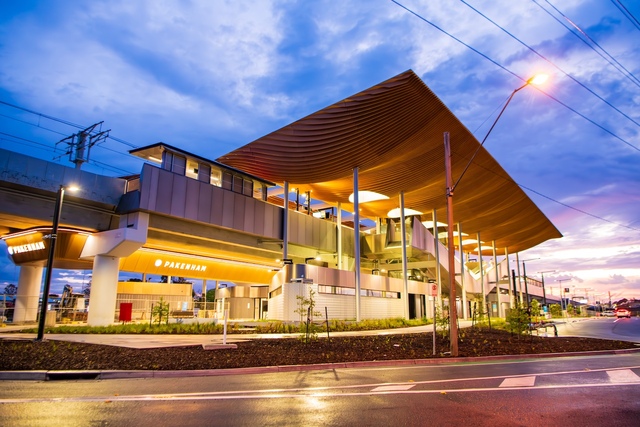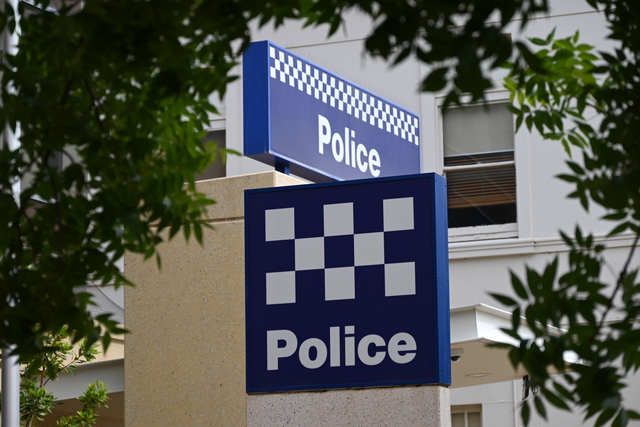Pakenham residents are among those in Australia’s outer suburbs that could deciding the outcome of the upcoming federal election.
National Growth Areas Alliance (NGAA), a national alliance of outer urban growth area councils, estimates more than a quarter of a million people have moved into outer urban growth areas in the past three years – around a five per cent increase since the last federal election.
NGAA chair Matthew Deeth said the election will provide the opportunity to catch up with the rapid population growth in Australia’s outer suburbs.
“Politicians need to recognise the population growth in the outer suburbs is not a blip but indicative of the future direction of living for millions of Australians.
“It’s essential these communities are equipped to flourish and thrive.”
Mr Deeth said the alliance was calling for a Minister of Growth Areas to advocate for the needs of the 5.2 million people living in fast-changing communities.
“For too long, investment in vital infrastructure has not kept up with the number of people moving to the fast-growing outer suburbs, leading to postcode discrimination, nightmare commutes, reduced productivity and declining liveability,” he said.
“The party that claims victory in the federal election will be the one that successfully prioritises the one in five Australians living in the outer suburbs and brings in a Minister for Growth Areas.”
With Australia’s outer suburbs growing twice as fast as the rest of the nation, voters in these areas will be pushing for improved cost of living and housing affordability.
Australian leading economist Saul Eslake said those living in the growth suburbs were disproportionately impacted by wider cost-of-living items.
“Take the costs of running a car as an example. It’s fair to say everyone in Australia is impacted by the increasing price of petrol, which has been on the rise for many years but has been especially exacerbated by recent events in Ukraine,” he said.
“But for those residing in the outer suburbs, it’s even more heightened. A lack of local employment opportunities means its residents are forced to commute into the CBDs.
“Combine this with the trend towards toll-heavy roads, which is prolific in Sydney and Melbourne, and you can see how just this one cost – maintaining a vehicle – creeps up for those living in the growth areas in a way it does not for inner city residents.”
Melbourne’s SGS Economics and Planning partner Julian Szafraniec said growth areas were particularly vulnerable to the social, economic and health impacts of the Covid-19 pandemic due to changes in the economy.
“The pandemic fundamentally changed where, how and when we work, shop and relax,” she said.
“The good news is that this shift presents new opportunities for growth areas willing to understand and adapt to this new economic landscape.”







